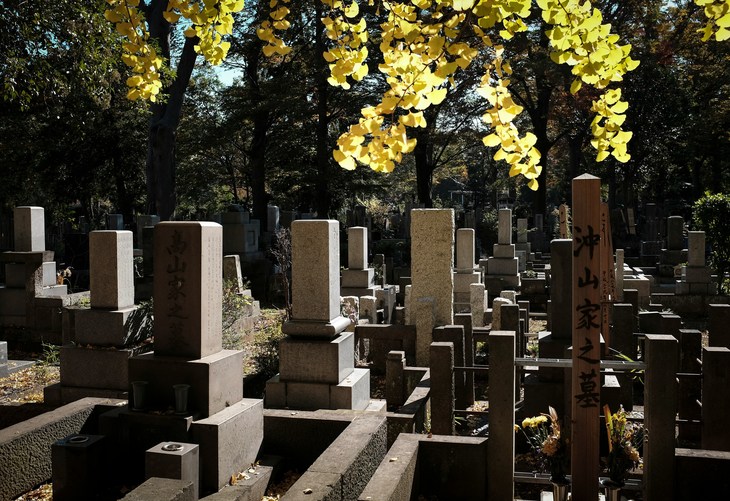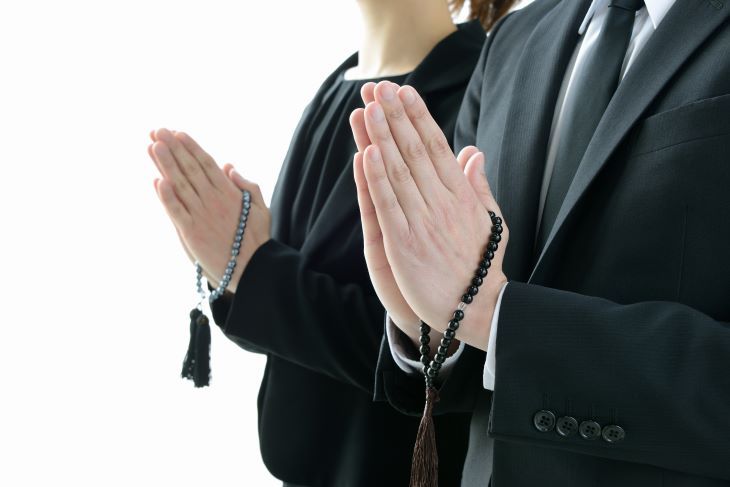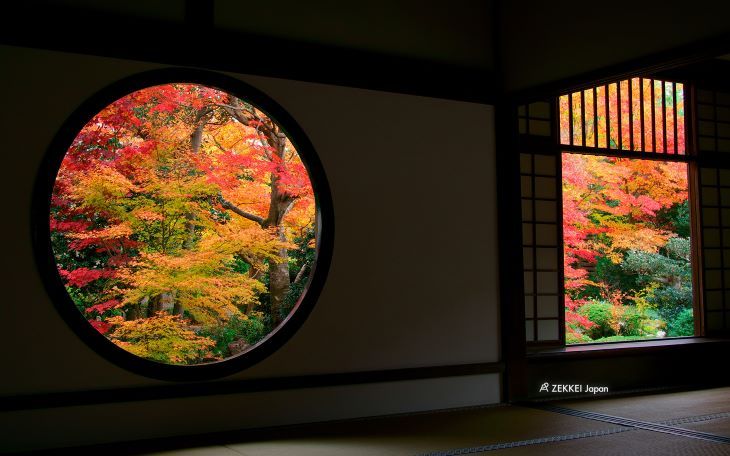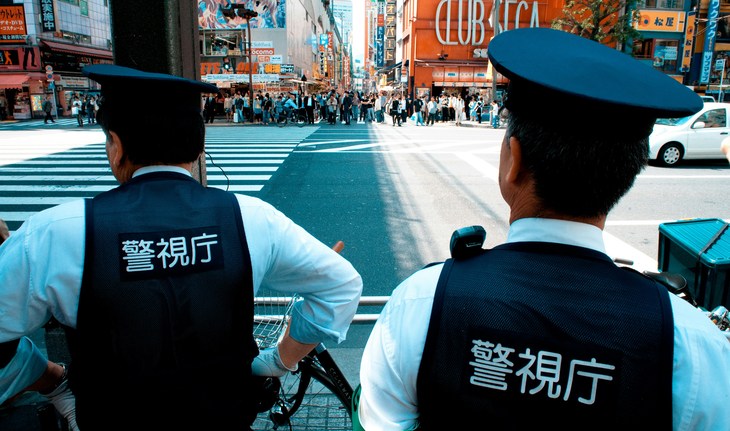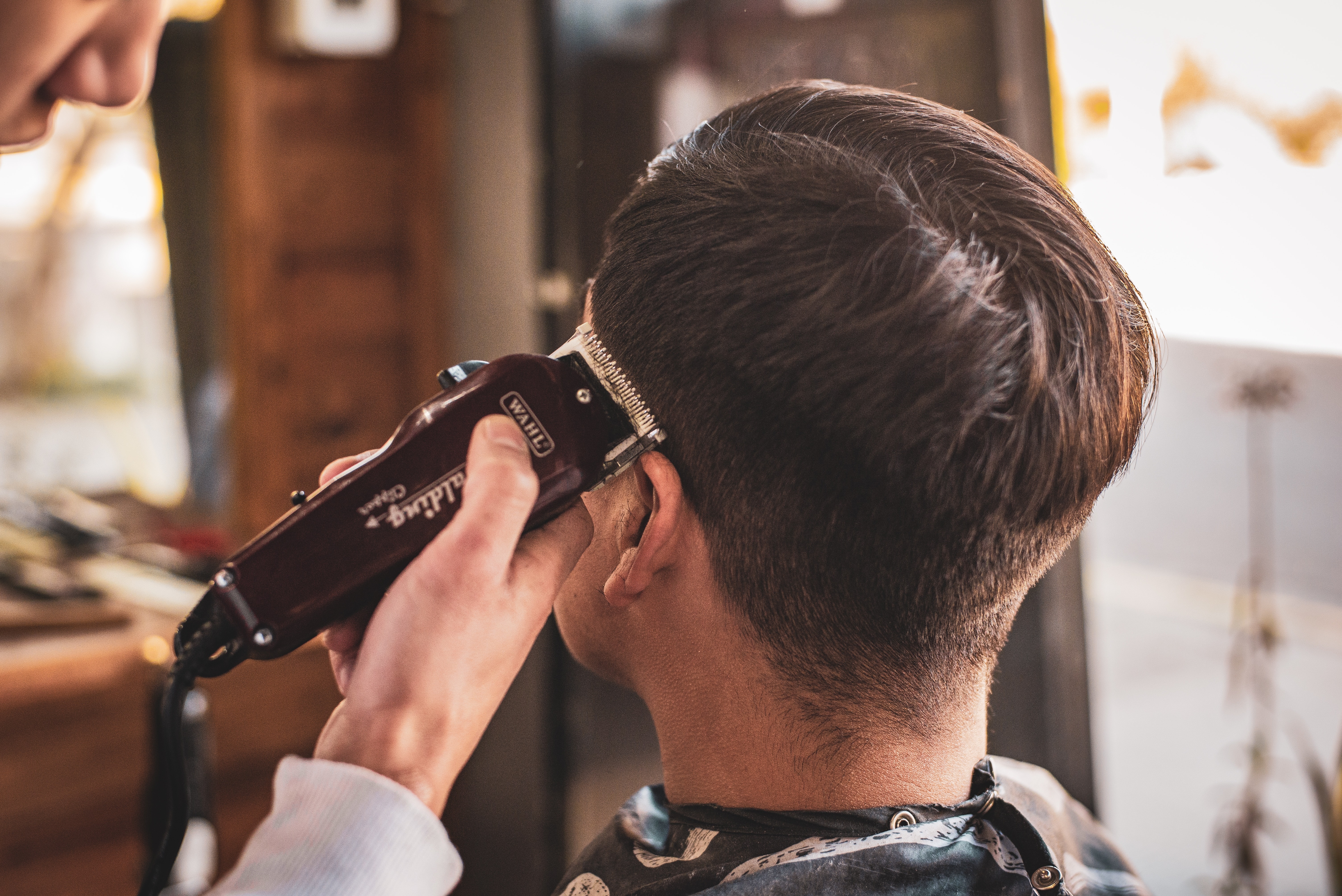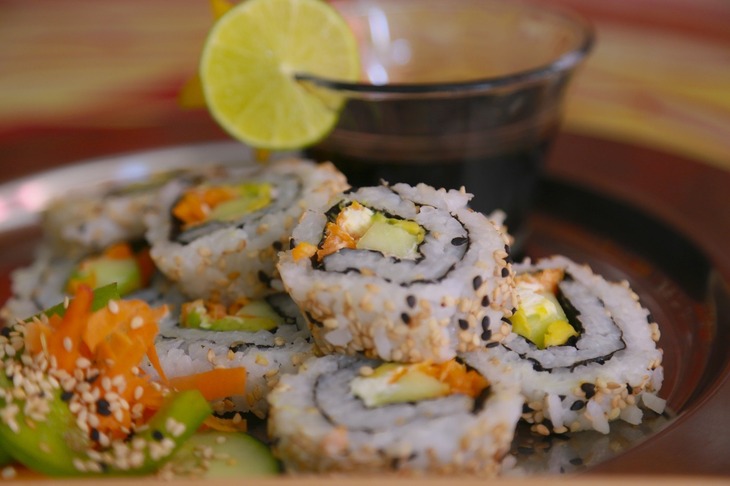Funeral Etiquette in Japan: What You Need to Know
If you are living in Japan, there may come a time when you are invited to a funeral or someone in your family passes. This can be a stressful, painful time, especially if you are not sure what you should do to pay your respects. Funeral culture and etiquette in Japan may be quite different from that of your home country, so it can be hard to know what to do if you need to go to one.
Having a basic knowledge of what you should do if you need to go to a funeral will help you live comfortably in Japan long-term, so let's take a look at what you should know about Japanese funeral etiquette so that you can avoid offending anyone and properly pay your respects if someone you know passes.
Types of Funeral Ceremonies in Japan
There are two primary ceremonies held in Japan. The first is known as the "Otsuya," or "overnight wake." This ceremony is quite similar to wakes held in other countries around the world. Close relatives of the deceased will spend the night with the deceased the day before the body is cremated, incense will be offered, and sometimes a Buddhist priest will be present while the family mourns.
While the "Otsuya" traditionally was held overnight, in recent years it only lasts one to three hours. While originally the wake was only for close family, it has become common for those who cannot attend the actual funeral ceremony to stop by during the wake to pay their respects. Not every wake is like this, however, so be sure to check with the family of the deceased before appearing at the wake if you are not a close relative.
The second ceremony is the "funeral" itself, which consists of several different ceremonies. As a whole, a funeral is known as an "Ososhiki." First, there will be a ceremony where a priest chants sutras, and the bereaved burn incense and pray for the peace and happiness of the deceased. This ceremony shares some similarities to the wake.
After this ceremony, there will be another ceremony that is similar to a memorial, known as a farewell ceremony, which is usually when friends, coworkers, or acquaintances of the deceased will come to pay their respects. Finally, the body will be cremated and the bones placed in an urn to be interred in the family grave. This final part is usually for family and close friends.
What Should You Wear to a Funeral?
If you are attending a funeral in Japan, it is critical to wear appropriate attire. As a general rule, black is the color of mourning in Japan, and so you should usually dress in black for a funeral, however, there may be exceptions depending on the circumstances. Let's go over what you should wear both if you are an attendee or if you are one of the bereaved, plus some extra tips and advice about appearance to keep in mind.
・For Attendees
For men, your safest bet is to wear a black suit, a plain white dress shirt, a black tie, and black shoes and socks. In recent years, dark grey or dark blue suits have also started to become acceptable, so if you are quickly dropping into the wake to pay your respects after work you may be able to get away with showing up in a dark, non-black suit as long as you are wearing a black tie. Still, if you are unsure, stick to black.
For women, wear a black suit or dress. If wearing a dress, it should be conservative and not show skin, so long-sleeved dresses with high necklines are best. You should also wear black, opaque stockings and black flats.
・For Mourners
If you are in attendance as a mourner, in other words, one of the close family members or friends of the deceased, you will need to wear formal attire as part of the bereaved family.
Traditionally, both men and women wore special mourning clothes that generally consisted of black kimonos. Nowadays, men will often instead wear a formal black suit, as they would if they were an attendee. If you are part of the bereaved family, stick to black and avoid other dark colors.
For women, black dresses or black kimonos are considered appropriate.
If you are part of the bereaved family and are not sure what exactly you should wear, it is best to ask as different families or regions may have different customs.
・Other Notes about Appearance
Wearing all black is not enough to properly show respect for the deceased at a funeral. There are other customs that you need to know, in particular about shoes, accessories, makeup, and hairstyles.
For shoes, make sure that the shoes are not made of any reptile-skin materials such as snakeskin. While your shoes should be black, they need to be matte black. In other words, they should not be shiny and should not have any shiny buckles attached.
Any items or accessories you bring with you, such as umbrellas or handkerchiefs, should be subdued. Again, black is best, but if they are not black at least make sure they do not have any flashy designs or bright colors on them. Both men and women should not wear jewelry to a funeral, though wedding rings and simple pearl necklaces are acceptable.
As far as makeup for women goes, you should wear some makeup as not wearing makeup in public in Japan is generally seen as far too casual. However, any makeup you put on should be subdued, and stay away from any makeup that glitters. Lipstick in particular should be a subdued color. This same rule applies to nails as well: no nail color or a dark, conservative color.
If you have long hair, it should be kept up in a bun with minimal visible hairpins and no other accessories if possible. Finally, you should avoid wearing perfume at all, but if you need to use some kind of deodorant or scent make sure you use as little as possible, as generally wearing perfume at a funeral is seen as highly inappropriate.
What Should You Prepare for a Funeral?
・Condolence Money
It is traditional to give a gift of condolence money to the bereaved family at a funeral. The amount of money you should give varies depending on a variety of factors and is ultimately up to you to decide, but here are some rough guidelines:
If the deceased was a friend or colleague: 5,000 yen - 10,000 yen
If the deceased was a close friend or relative: 10,000 yen - 30,000 yen
If your relationship with the deceased was very close: over 30,000 yen.
When giving condolence money, never put the numbers "4" or "9" into the amount. In Japanese culture, the word for four is homophonous with the word for death, and the number nine connotes suffering, so both should be avoided in general when giving money in Japan.
Also, make sure that the bills that you give are not brand new, since brand-new bills give the impression that you had time to prepare new bills to give as a present, implying you expected the death. Overly crumpled-up bills are also not appropriate since they can appear disrespectful. If you only have new bills on hand to give, fold them in half to at least make them appear as though they are not brand-new.
The packaging that you give the condolence money in is also important. First, you will need to put the money in a special envelope with a written label on it. Generally, especially if you do not know specifically what kind of religious ceremony will be performed at the funeral, prepare a "Goreizen" (御霊前) envelope. These can usually be bought at any store that sells stationary, and if you are not sure which one to get, communicate to a clerk that it is for a funeral and they should be able to help you. There also tend to be "Gobutsuzen" (御仏前) envelopes available, but these are meant for special ceremonies held 49 days after the death. Only prepare one of these if you know that the deceased was a member of a specific sect of Buddhism: the Jodo Shinshu Sect.
There are also specific envelopes for other religions including Christianity and Shintoism. Christian ceremonies require giving condolence money in an envelope labeled "Ohana-ryo" and Shintoist ceremonies require "Otamagushi-ryo" envelopes. Again, if you are not sure a "Goreizen" envelope is always appropriate.
You will also need to write your name on the envelope. If possible, try to write it with a brush or brush pen using light ink. Finally, once the money is in the envelope you should wrap the whole envelope in a special cloth called a "fukusa." Now the money is ready to be given at the funeral or wake if you are unable to attend the funeral.
・Rose Beads
While not necessary, if you do have your own rose beads it is good to bring them with you. You can hold them in your hands while praying for the deceased. If you intend to bring your own rose beads, first be sure to check that they are appropriate for the funeral since different religions or sects use different kinds of rose beads. And again, it is perfectly fine to attend a funeral without them.
We Hope These Guidelines are Helpful
It is always unfortunate when someone passes and we need to attend a funeral, but it is a part of life. If you live in Japan long-term, the odds are that eventually, you will need to attend a funeral. By keeping in mind everything we covered in this article, hopefully, you will be able to quickly prepare for a funeral and not have to worry about accidentally causing offense because you don't understand Japanese funeral customs.
It's never fun to think about death, but keeping Japanese funeral etiquette in mind will ensure that in the event that someone does pass, you will be able to mourn their passing just as everyone else does.














